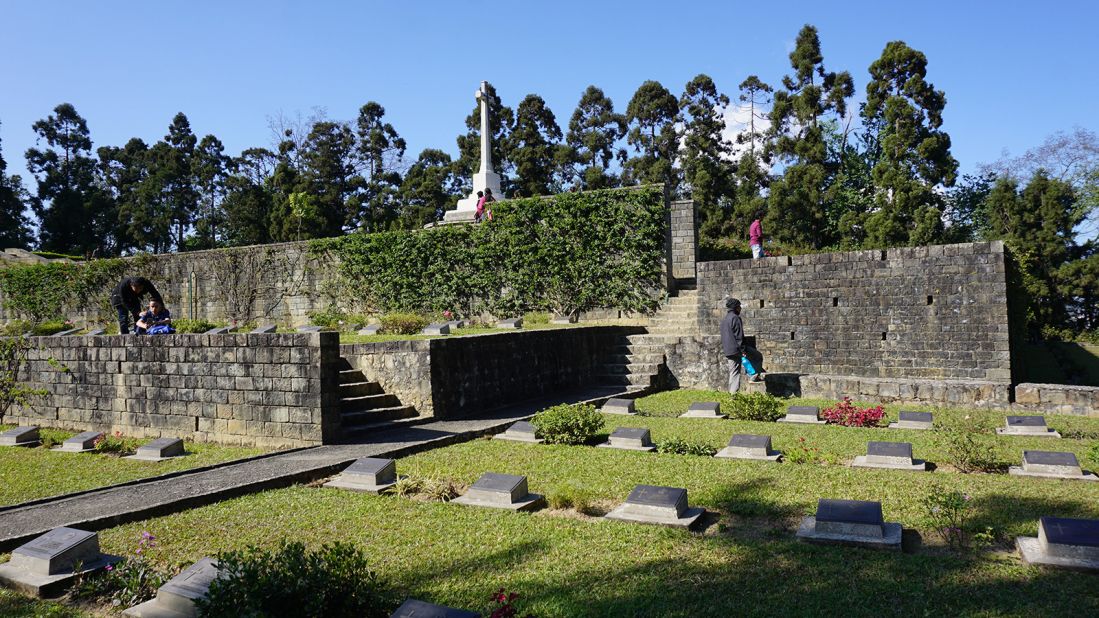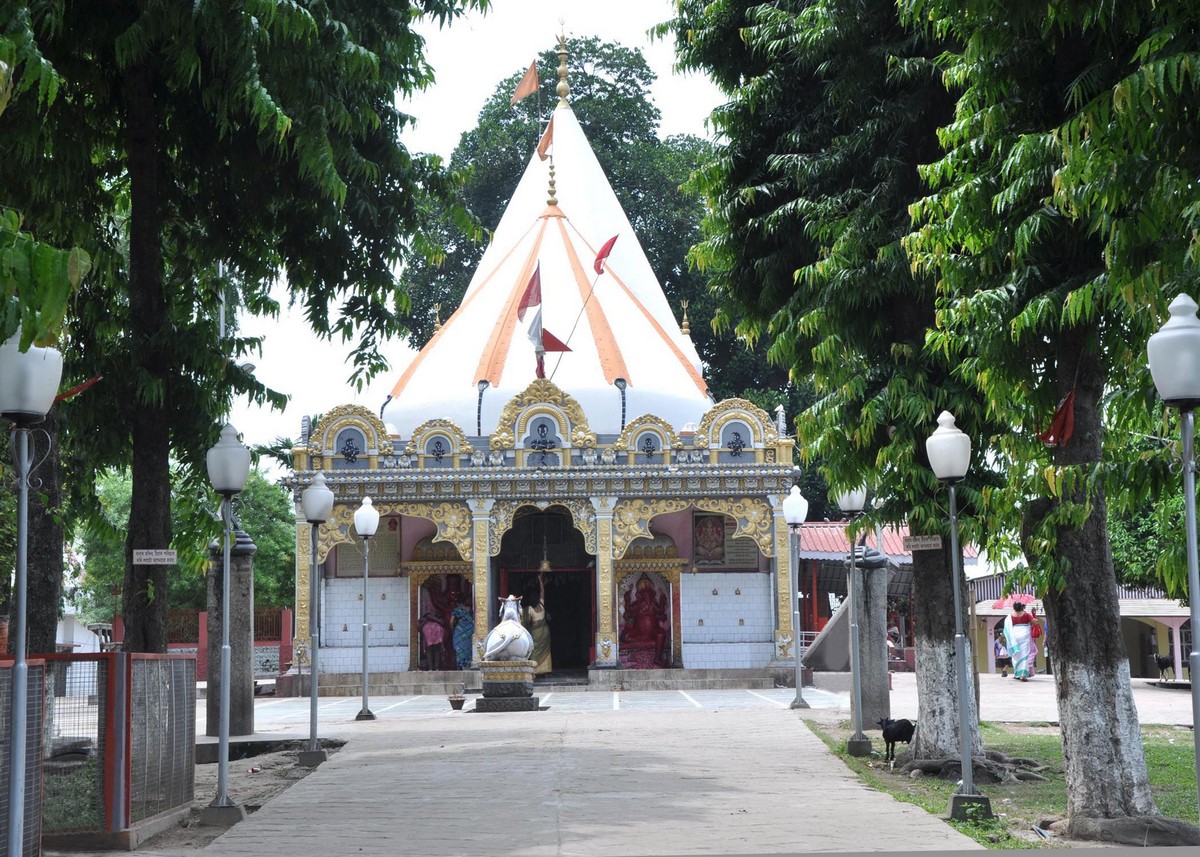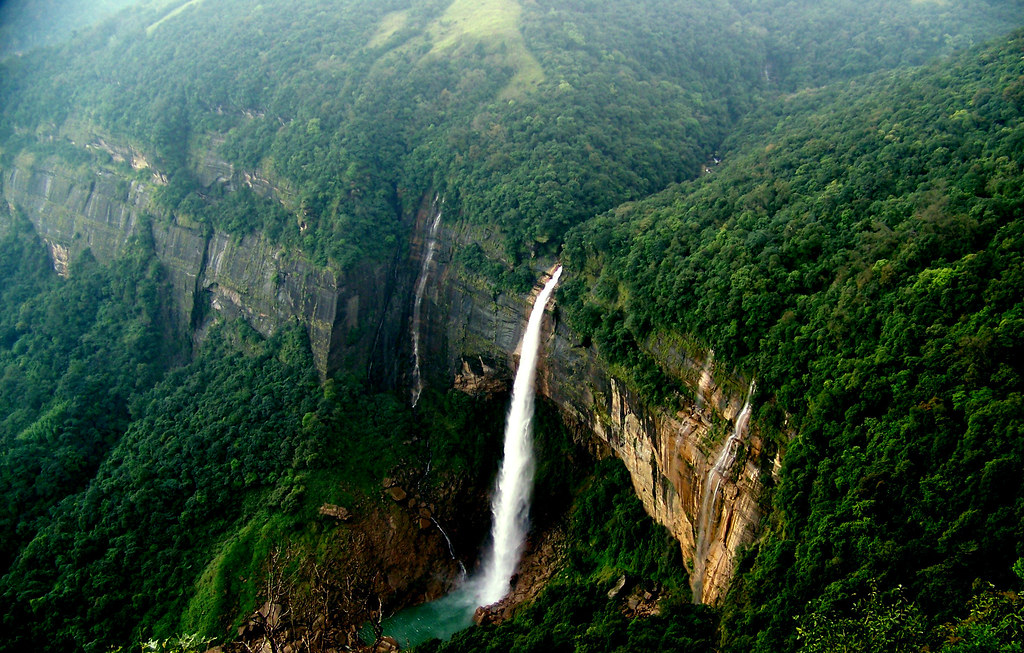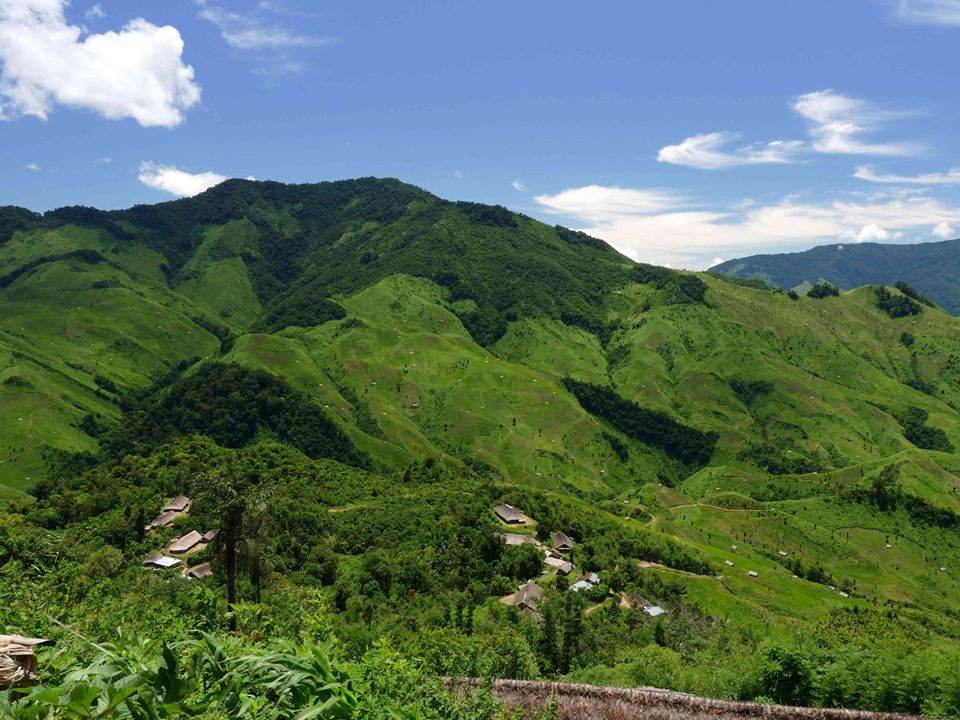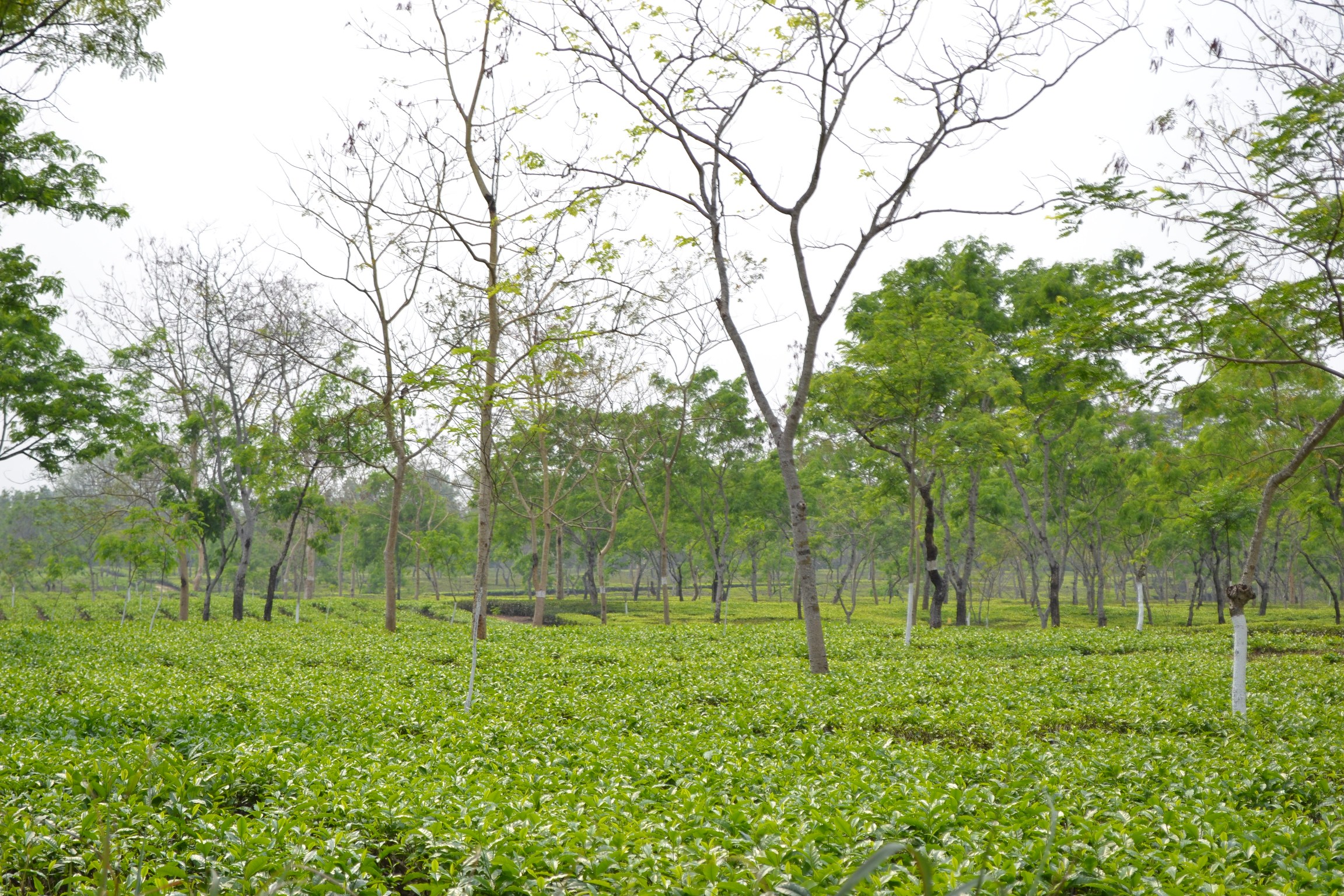About Kohima Nagaland
Kohima, the capital city of Nagaland, is a picturesque hill station situated in the northeastern part of India. Nestled in the Naga Hills at an altitude of approximately 1,444 meters above sea level, Kohima is known for its stunning landscapes and rich cultural heritage. The city gained historical significance during World War II when it became the site of the Battle of Kohima, a crucial turning point in the conflict in the eastern theater. Today, Kohima stands as a vibrant blend of tradition and modernity, with colorful tribal cultures, traditional festivals, and handicrafts coexisting with contemporary urban life. The State Museum in Kohima provides insights into the diverse ethnic groups inhabiting Nagaland, while the War Cemetery serves as a poignant reminder of the sacrifices made during the war. Kohima’s serene environment, coupled with its unique cultural identity, makes it a captivating destination for those seeking both historical and cultural experiences in the northeastern region of India.
Location
Kohima is nestled in the picturesque Naga Hills, Kohima is situated at an altitude of approximately 1,444 meters (4,738 feet) above sea level. The city is known for its rich cultural heritage, vibrant tribal communities, and breathtaking landscapes. Kohima played a significant role during World War II, particularly in the Battle of Kohima, which took place in 1944 and is considered one of the fiercest battles of the war. Today, Kohima stands as a testament to the coexistence of modernity and tradition, offering visitors a unique blend of history, natural beauty, and the distinctive Naga way of life.
Best Time to Visit
The best time to visit Kohima, Nagaland, is during the months of October to May, encompassing the post-monsoon and winter seasons. During this period, the weather is pleasant, with temperatures ranging from 10 to 25 degrees Celsius, making it ideal for outdoor activities and exploration. October to early December marks the post-monsoon season when the landscape is lush green, and the Hornbill Festival, a major cultural event, takes place in early December, showcasing the rich heritage of the Naga tribes. Winter, from December to February, brings cooler temperatures and clear skies, providing a comfortable environment for sightseeing and enjoying the local culture. It’s advisable to avoid the monsoon season (June to September) due to heavy rainfall that can impede travel and outdoor plans.
How to Reach
To reach Kohima, the capital of Nagaland, one can primarily rely on air and road transportation. The nearest airport is Dimapur Airport, approximately 74 kilometers away from Kohima. From Dimapur, regular taxi services and buses are available for the scenic journey to Kohima. Alternatively, one can opt for a road trip from nearby cities like Guwahati or Imphal. The road network leading to Kohima offers breathtaking views of the lush green landscapes of Nagaland. While the journey may involve winding roads, the picturesque surroundings make it a memorable experience. Travelers can also consider hiring private taxis for a more comfortable and direct commute. It’s advisable to check for the latest travel information and conditions, as they may vary.
Things to do
Kohima, the capital of Nagaland, offers a unique blend of cultural richness and natural beauty. Start your exploration with a visit to the War Cemetery, commemorating the soldiers of World War II. Immerse yourself in Naga culture at the State Museum and the vibrant local markets, where you can find traditional Naga crafts and artifacts. Take a trek to the picturesque Dzukou Valley, known for its rolling hills and seasonal flowers. For a spiritual experience, visit the Kohima Cathedral and the Kohima Village, known for its traditional Angami Naga houses. Don’t miss the Hornbill Festival if you’re visiting in December, showcasing the diverse tribal heritage of Nagaland through dance, music, and crafts. Kohima offers a captivating journey into the heart of Naga traditions and the stunning landscapes of Northeast India.
FAQs
Q: What is the significance of the War Cemetery in Kohima?
A: The War Cemetery in Kohima holds historical importance as a memorial to the soldiers who sacrificed their lives during the Battle of Kohima in World War II, often described as the “Stalingrad of the East.”
Q: When is the best time to visit Kohima?
A: The ideal time to visit Kohima is during the winter months, from November to February, when the weather is pleasant and conducive to exploring the town and its surrounding attractions.
Q: What cultural experiences can one have in Kohima?
A: Visitors can immerse themselves in Naga culture by exploring the State Museum, attending traditional festivals like the Hornbill Festival in December, and visiting Kohima Village to witness the unique architecture of Angami Naga houses.
Q: Are there trekking opportunities near Kohima?
A: Yes, Dzukou Valley near Kohima offers excellent trekking opportunities with its scenic landscapes, seasonal flowers, and panoramic views, making it a popular destination for nature enthusiasts.
Q: What is the significance of the Hornbill Festival?
A: The Hornbill Festival, held in December, is a major cultural event in Nagaland, showcasing the rich heritage and traditions of various Naga tribes through dance, music, traditional attire, and local crafts.
Q: How can one reach Kohima?
A: Kohima is accessible by road, and the nearest airport is Dimapur Airport. From Dimapur, one can hire a taxi or take a bus to reach Kohima.
Q: What unique souvenirs can be bought in Kohima?
A: Kohima’s local markets offer a variety of traditional Naga handicrafts, including bamboo and cane products, handwoven textiles, tribal jewelry, and indigenous artifacts.
Q: Which are the prominent religious sites in Kohima?
A: Kohima Cathedral is a significant religious site known for its stunning architecture and serene ambiance. Visitors can also explore other religious places like Baptist Church and Catholic Church in the town.
Q: Are there any wildlife sanctuaries near Kohima?
A: The Puliebadze Wildlife Sanctuary, located near Kohima, is home to diverse flora and fauna, providing opportunities for nature walks and birdwatching.
Q: What are the local delicacies to try in Kohima?
A: While in Kohima, don’t miss trying local Naga delicacies such as smoked pork, bamboo shoot curry, axone (fermented soybean), and various preparations of indigenous herbs and spices.

